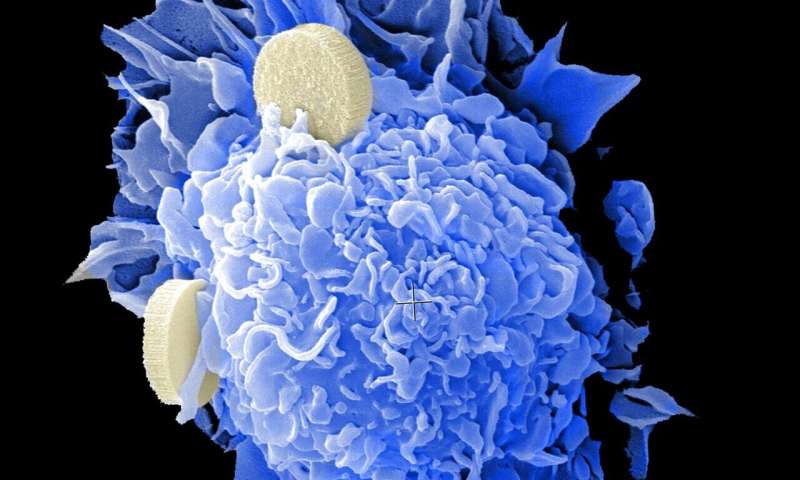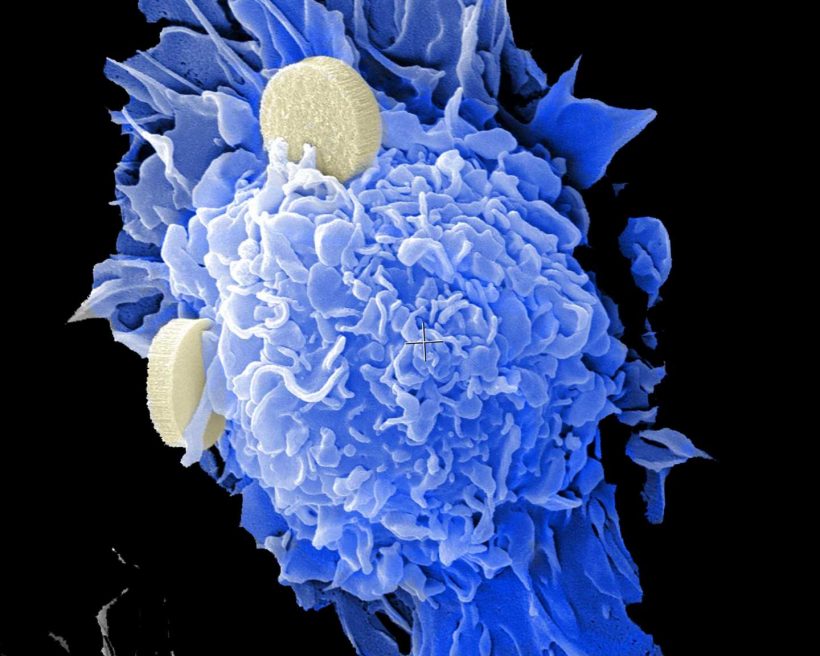
New research from Ann & Robert H. Lurie Children’s Hospital of Chicago and collaborators from other institutions provides insights into some of the genetic characteristics resulting in the development of relapse in patients with Wilms tumor (nephroblastoma), the most common type of pediatric cancer of the kidney. The study published in Cell Reports Medicine identified mutations in key genes, including two that had not been previously recognized in Wilms tumor, which offers promise for improving ways to better identify patients who are at risk of relapse and tailoring therapies for these patients.
There are two major types of Wilms tumor based on their histology, or how they look under a microscope. Approximately 95 percent of Wilms tumors have a favorable histology, and the overall survival rate of children with tumors of this type is 90 percent. Unfavorable histology, or anaplasia, describes tumors with increase in cell size, increased irregularity in the shape of the cells, and abnormalities of DNA. These tumors are more difficult to treat. Even though children with favorable histology Wilms tumor have a very high rate of overall survival, they still require treatment with chemotherapy, and often with radiation as well.
To gain a better understanding of the genetic mechanisms of relapse in Wilms tumors, the researchers conducted genetic sequencing of samples from primary and relapse tumors as well as normal kidney or peripheral blood samples of patients with favorable histology Wilms tumor who relapsed following therapy. The patients were part of the Children’s Oncology Group AREN03B2 umbrella biology and classification study from 2006 to 2017.
Source: Read Full Article
